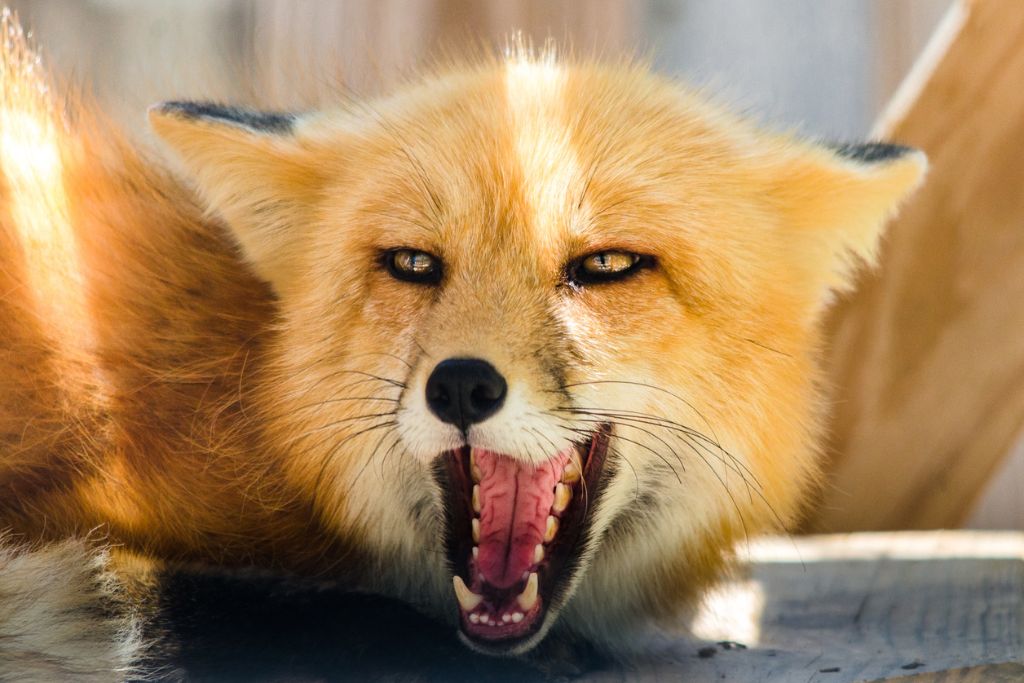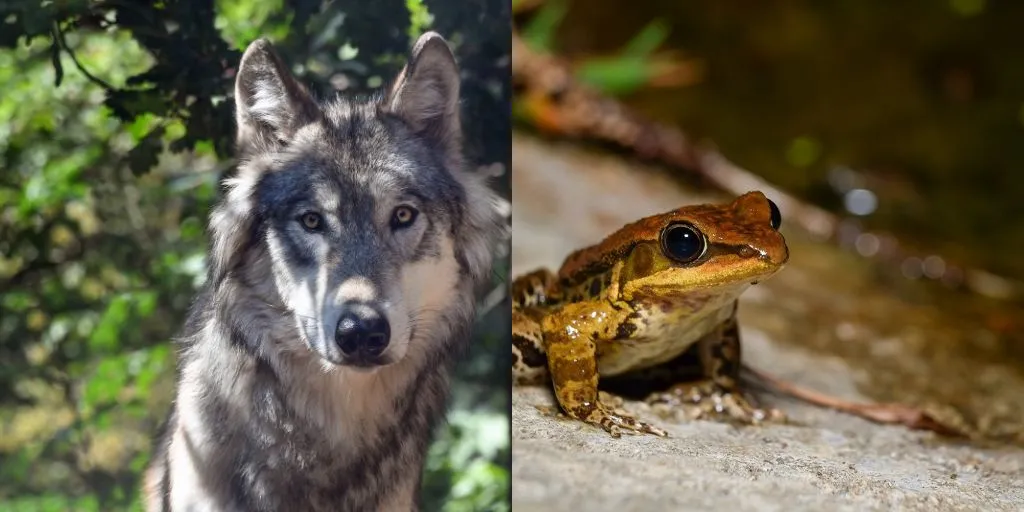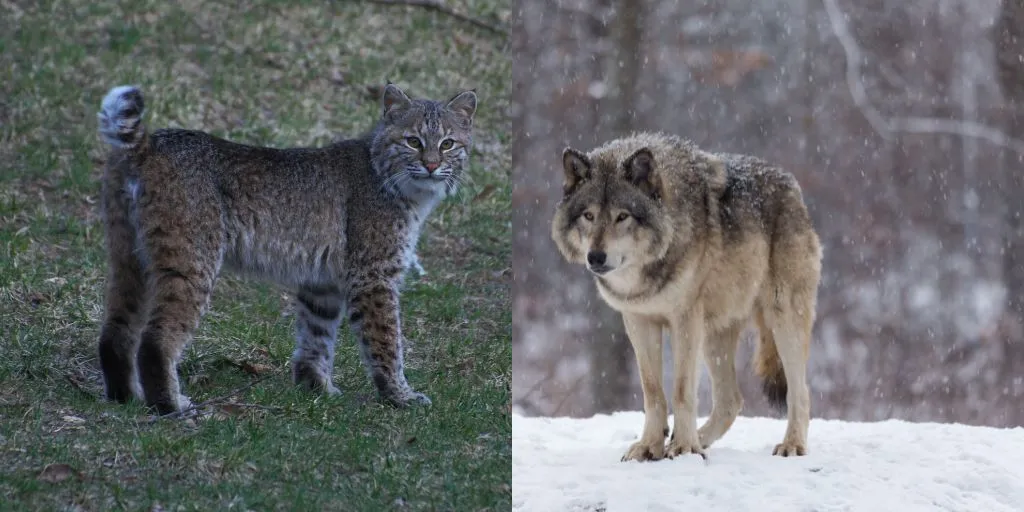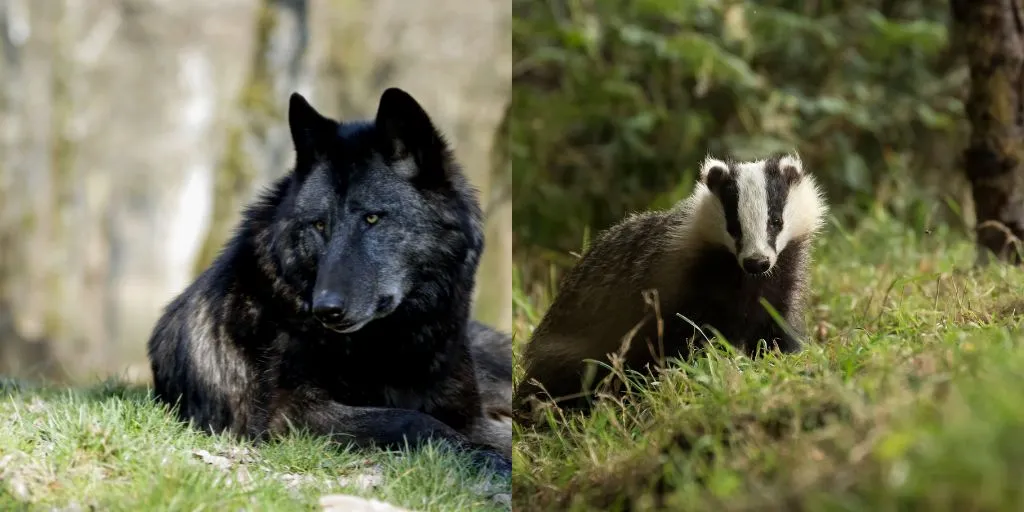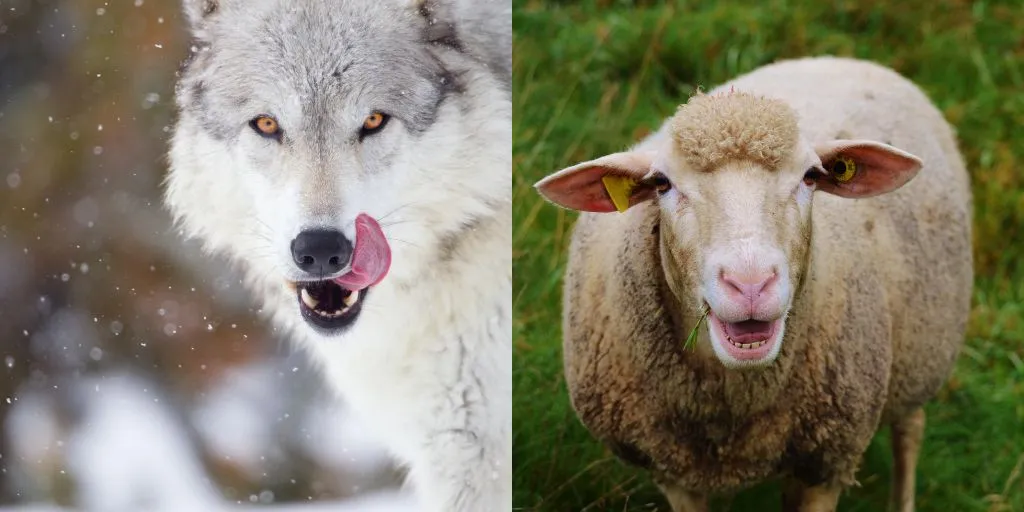Foxes are known for their distinctive and mysterious behavior, which often includes various vocalizations. One of the most intriguing and noticeable sounds they make is a loud scream. This sound can be quite startling, especially when heard at night. Foxes use this scream, along with other sounds, to communicate with each other. They may scream to defend their territory, attract a mate, or even interact with other animals. Understanding why foxes scream can give us insights into their behavior and how they live in the wild. This article explores the reasons behind this unique aspect of fox behavior, shedding light on a question many have wondered about: why do foxes scream?
Why Do Foxes Scream?
Foxes scream primarily for communication and to mark their territory. These screams are a way for them to express themselves to other foxes, conveying messages about their presence and their territory’s boundaries.
Foxes are highly vocal creatures, and their screams play a crucial role in how they interact with one another. In the wild, where communicating over distance is vital, these screams can be heard for miles. The high-pitched sound is particularly effective in dense forests or open fields, where visual signals might not be as effective.
Territorial behavior is another key reason behind a fox’s scream. They use these loud calls to warn other foxes to stay away from their area. This is especially common during the breeding season when foxes are more protective of their space.
Additionally, foxes scream to attract mates. During mating season, both male and female foxes scream to let each other know their location and readiness to mate. These screams vary in pitch and intensity, possibly to convey different messages or emotions.
Understanding these reasons helps us appreciate the complexity of fox behavior. Their screams, though startling to us, are a natural and important part of their communication system, playing a crucial role in their social interactions and survival in the wild.
Why Do Foxes Scream At Night?

Foxes often scream at night, and there are a couple of reasons for this behavior. One of the main reasons is related to their hunting activities. At night, when it’s quieter and there are fewer disturbances, foxes go out to hunt. Their screams during these hours can be a way to communicate with other foxes in their group, possibly coordinating their hunting efforts or signaling the presence of prey.
Another reason for night-time screaming is linked to mating. Foxes are more active in their search for mates during the night. The screams are a way for them to call out to potential mates or to communicate with their partner. This is especially true during the fox mating season, when these screams become more frequent and louder.
These nocturnal screams serve as an important part of their survival and social interaction. For us, these sounds might be eerie or unsettling, but for foxes, they are a vital means of communication in the still of the night.
Why Do Foxes Scream At Night in Summer?
During summer nights, foxes tend to scream more often and more loudly. This increase in vocalizations is primarily due to two reasons: the foxes’ mating season and the rearing of their young. Summer is a critical time for foxes, as it aligns with their breeding cycle. Foxes use screams as a way to attract mates and establish relationships. The warm nights of summer provide an ideal backdrop for such activities.
Additionally, fox mothers are often busy caring for their young during this season. The screams at night can be a way for them to communicate with their kits, especially when teaching them hunting skills or warning them of potential dangers. This is a crucial part of the learning process for young foxes, preparing them for survival in the wild.
The increase in screaming at night during summer can also be attributed to the abundance of prey. With more food available, foxes are more active, which leads to more communication through screaming. This behavior showcases the adaptability and dynamic nature of foxes in responding to their environment and lifecycle needs.
Why Do Foxes Scream At Cats?

Foxes sometimes scream at cats, and this behavior is intriguing. These encounters often occur because both animals share similar habitats and hunting times. When a fox screams at a cat, it’s usually a warning or a display of dominance. Foxes are territorial animals, and they use screaming as a way to claim their space and ward off perceived threats, including cats.
Cats, being naturally curious and territorial as well, may wander into areas where foxes are present. This intrusion can make the fox feel threatened or challenged. In response, the fox screams to intimidate the cat and assert its dominance. This is a fox’s way of communicating, “This is my area, stay away.”
Additionally, these screams can also be a protective measure, especially if the fox has kits nearby. By screaming, the fox is trying to safeguard its young from potential danger, which could include cats. While foxes and cats do not typically engage in direct physical confrontations, these vocal confrontations are a way for foxes to establish boundaries and maintain safety in their environment. Understanding this behavior highlights the complex ways in which animals communicate and interact with each other in the wild.
What Does Fox Scream Sound Like?
A common way to describe a fox’s scream is to say it sounds like a woman screaming. This description highlights the high-pitched, piercing quality of the sound. When a fox screams, it produces a sharp, loud noise that can be unsettling because it closely resembles a human’s scream in distress. The scream starts with a quick, sharp bark and then transitions into a longer, more drawn-out wail. This vocalization is unique to foxes, making it a key characteristic for identifying their presence.
Other Noises That Foxes Make

Apart from the well-known scream, foxes make a variety of other sounds, each with its own meaning. One common sound is a bark, similar to a dog’s but typically sharper and shorter. This bark is often used as a warning signal to other foxes or to ward off intruders from their territory.
Foxes also make a sound known as a ‘gekker’. This noise, which sounds like a chuckle or a laugh, is used mainly during play, especially among young foxes. It’s a sign of excitement and happiness, quite different from their more aggressive or warning vocalizations.
Another vocalization is a howl, which is longer and more melodious than a bark. Howls are used for long-range communication, possibly to call other foxes to a specific location or to signal their presence in a particular area.
Additionally, foxes use a variety of whimpers and whines, particularly in the context of their family groups. These softer sounds are often used between mothers and their kits, serving as a way to maintain contact and express care or concern.
Understanding these various sounds gives us a deeper insight into the complex communication system of foxes. Each sound serves a specific purpose, helping foxes to express their emotions, intentions, and needs within their social groups and their environment.
What Are Other Animals That Scream At Night?

While foxes are well-known for their night-time screams, other nocturnal animals also produce loud vocalizations. One such animal is the owl, particularly species like the Barn Owl, which emits a sharp, eerie screech. This sound is often used for hunting and communicating within their species.
Another animal known for its night-time calls is the coyote. Coyotes are famous for their howls and yips, which can sound like high-pitched screams. These calls serve to communicate with pack members and establish territory.
The raccoon is another nocturnal creature that makes a variety of sounds, including screams. These screams are usually heard when raccoons are frightened or threatened. They use these vocalizations to communicate distress or to ward off predators or other raccoons.
Bats, too, are known for their nocturnal noises. While their sounds are typically ultrasonic and not heard by human ears, when audible, they can sound like high-pitched screams. These sounds are used for echolocation, helping bats navigate and find food in the dark.
These animals, along with foxes, contribute to the symphony of sounds heard at night in various habitats. Each species has its unique vocalizations, serving different purposes from communication to defense. Understanding these sounds enriches our knowledge of the nocturnal animal world and its diverse ways of communicating.
Conclusion
Understanding why foxes scream sheds light on their complex behavior and communication. These screams, often sounding like a woman in distress, serve various purposes such as territory marking, mating, and signaling danger. Foxes also produce other sounds like barks, howls, and whimpers, each with specific meanings in their social interactions. Comparing these vocalizations with those of other nocturnal animals like owls, coyotes, raccoons, and bats highlights the diversity of communication in the animal kingdom. Recognizing and appreciating these sounds not only enriches our knowledge but also deepens our connection with the natural world, where every sound has a purpose and a story.
Why Do Foxes Scream? – Frequently Asked Questions (FAQ)
Why do foxes sound like screaming woman?
Foxes sound like screaming women due to their high-pitched, piercing scream, which is similar in pitch and intensity to a human’s scream. This unique vocalization is used for communication, especially during the breeding season. The sound serves multiple purposes, including territory marking and mate attraction.
What time of year do foxes scream?
Foxes scream throughout the year, but this behavior is most common and intense during their breeding season, which typically occurs in winter, from December to February. During this time, the screams are used for attracting mates and expressing their presence in a particular territory.

